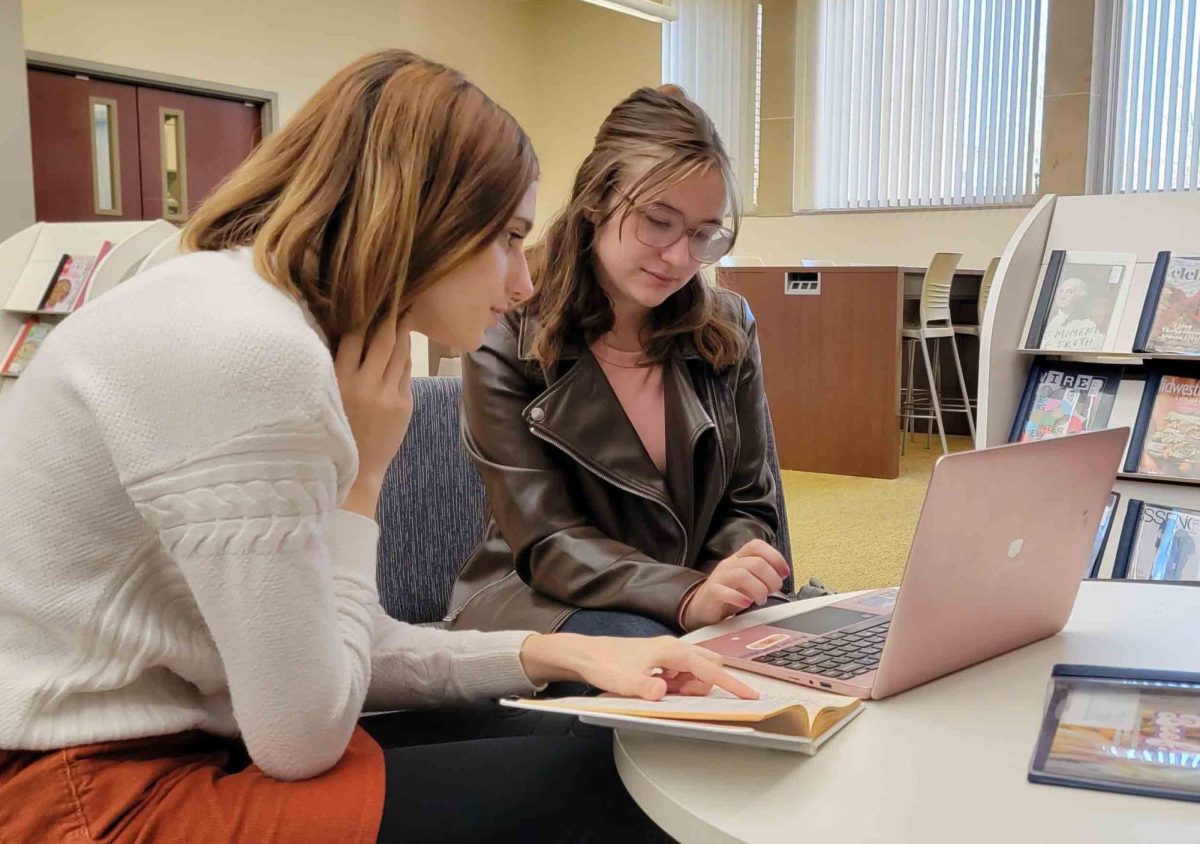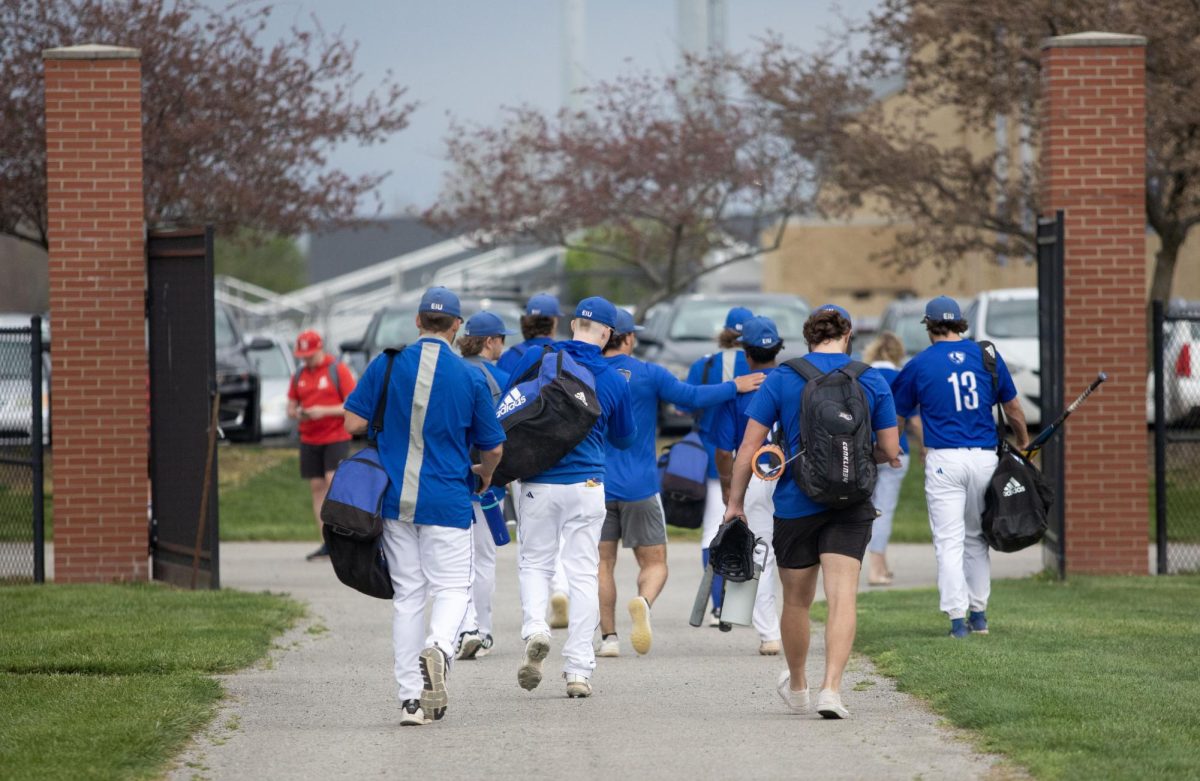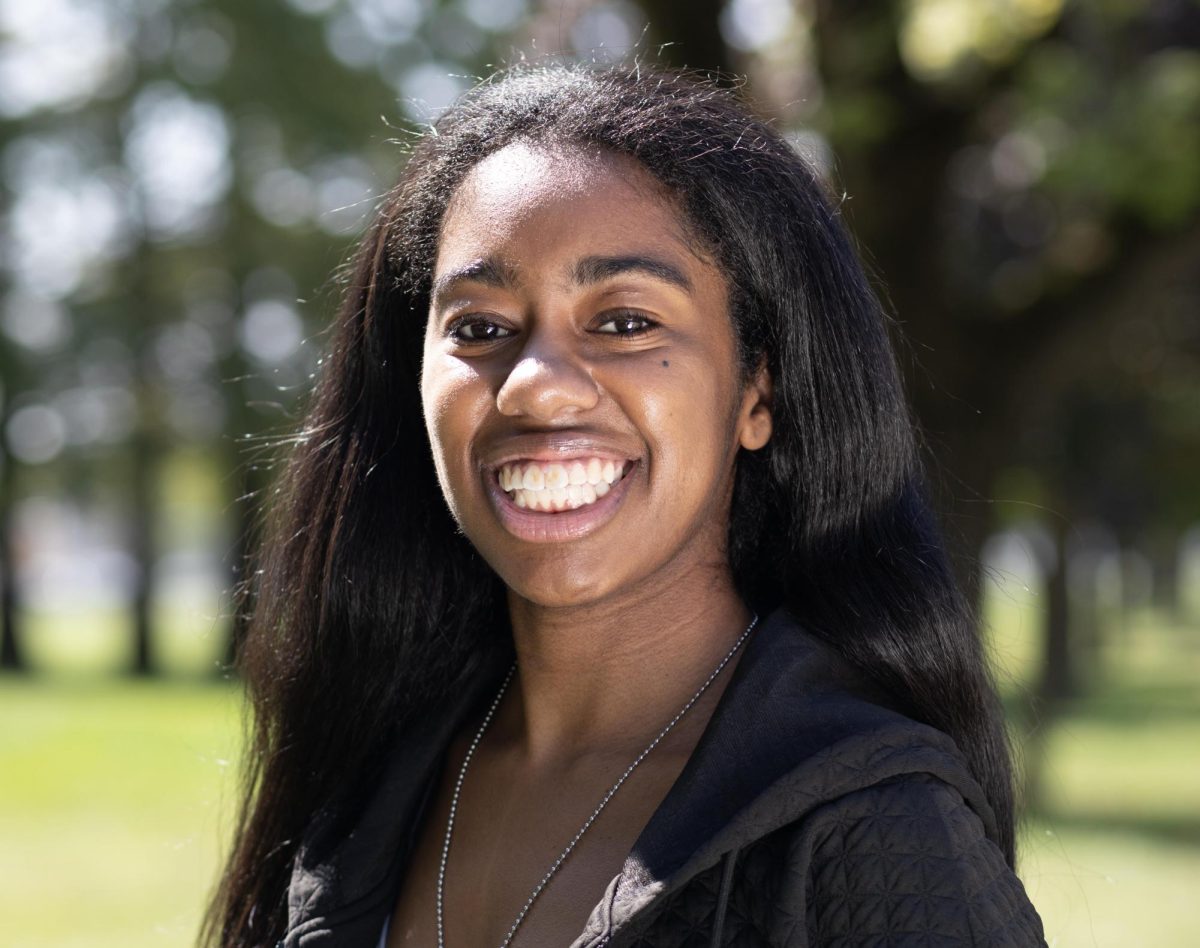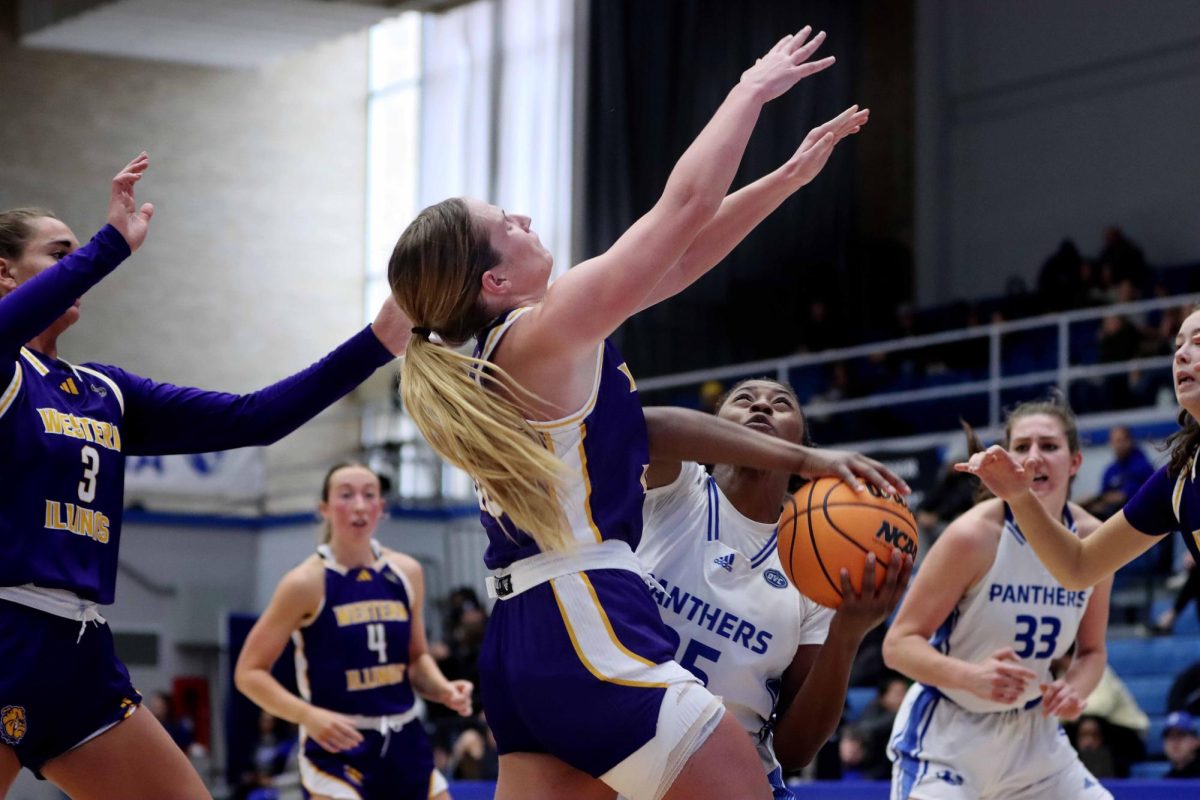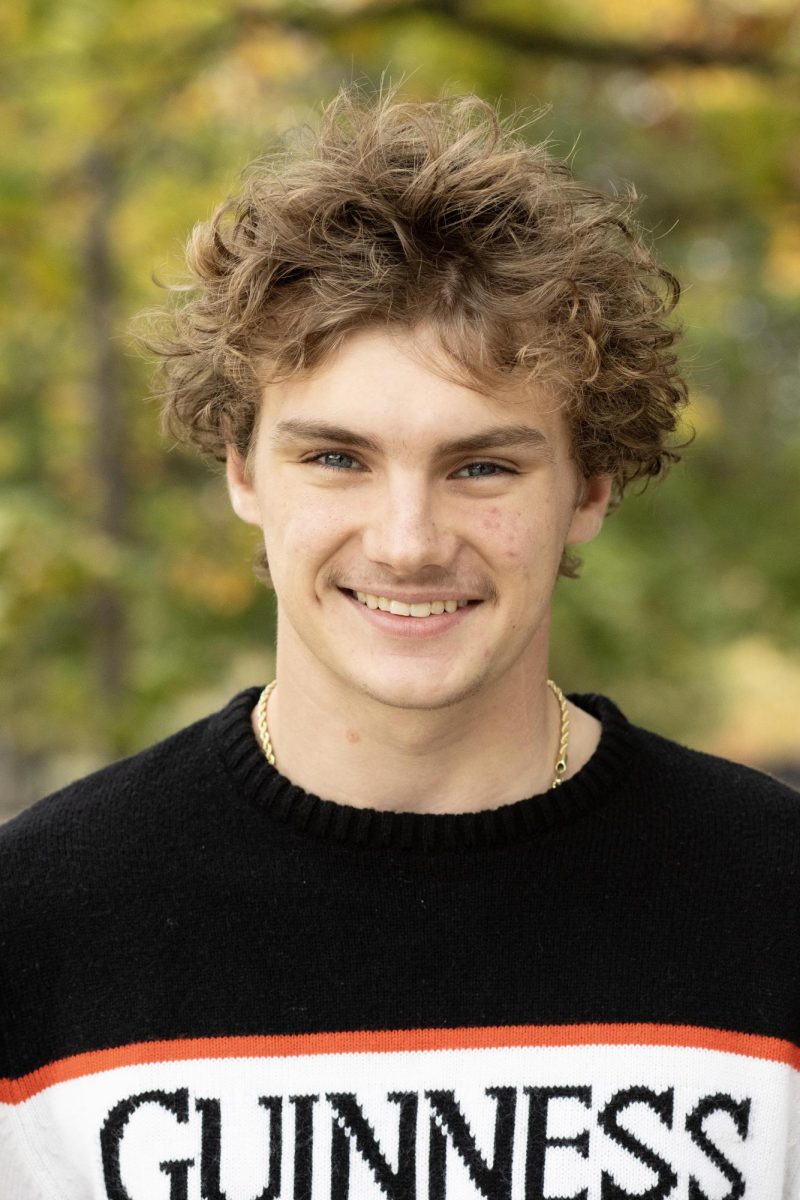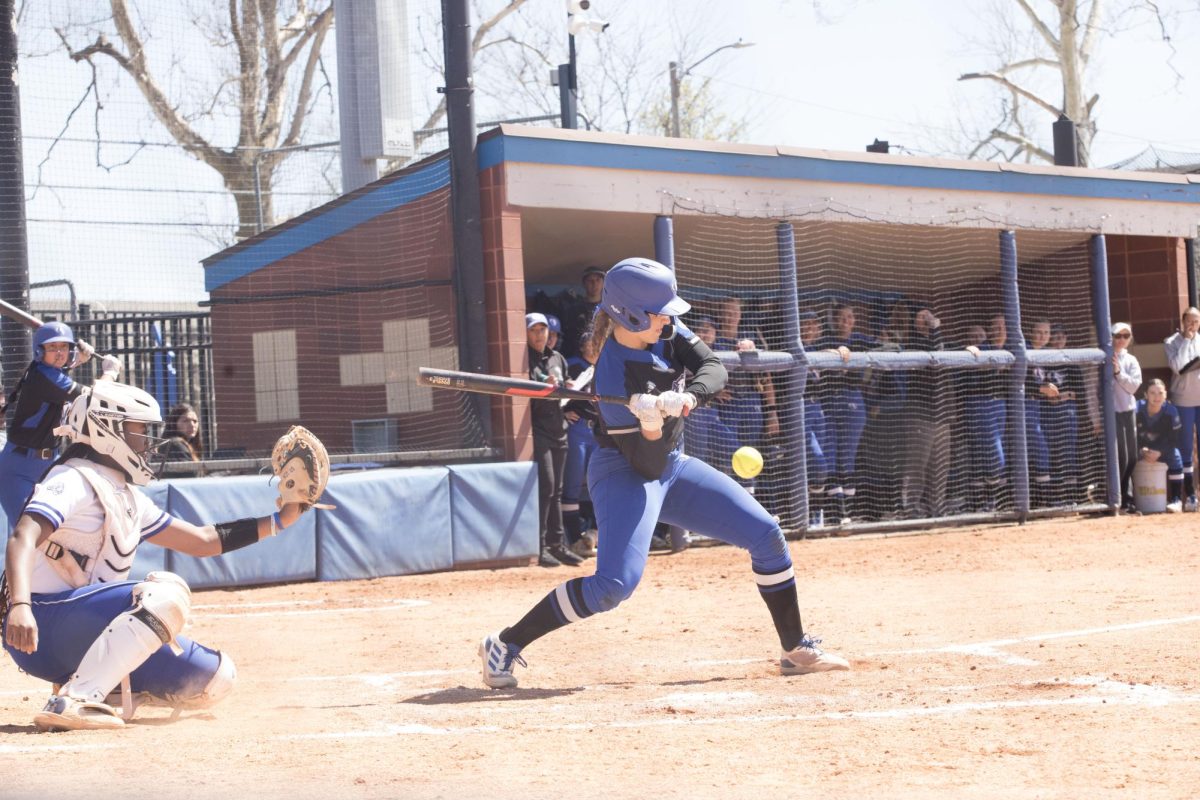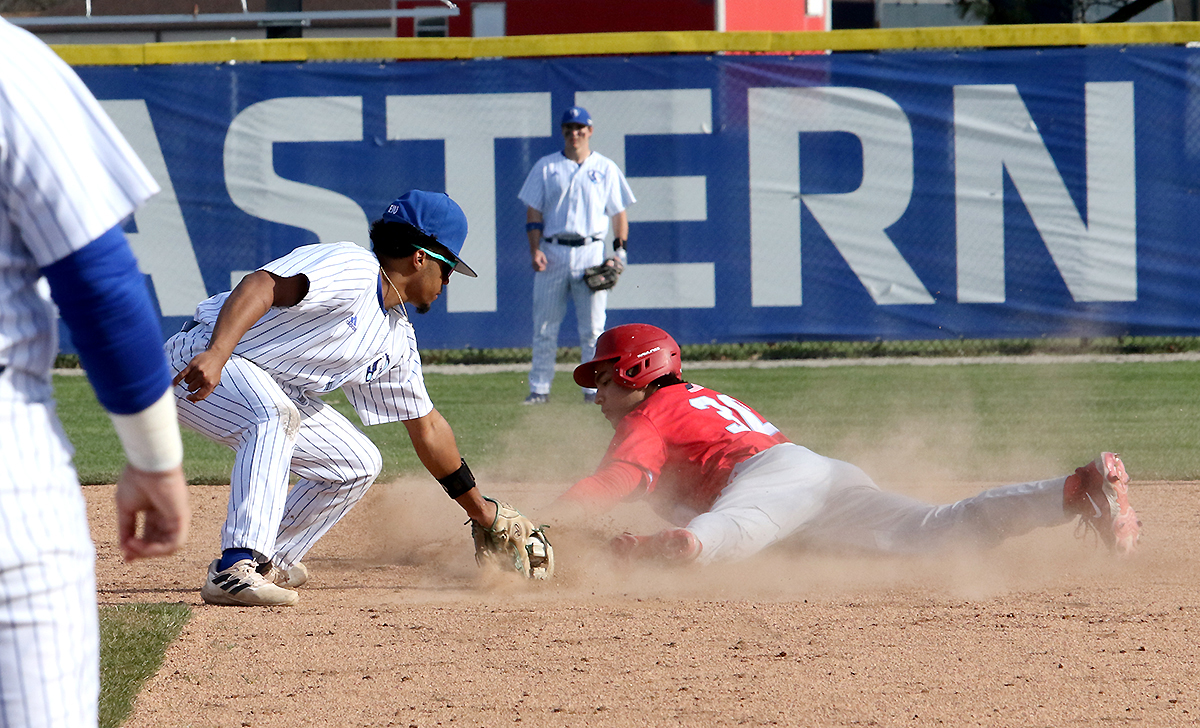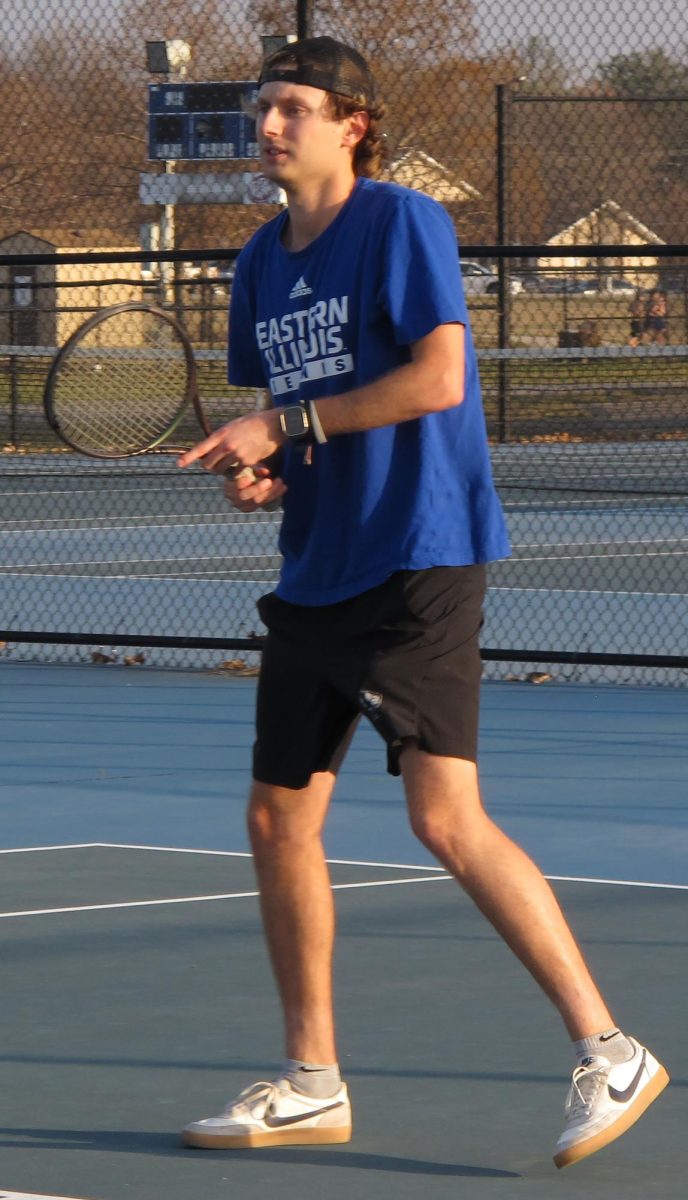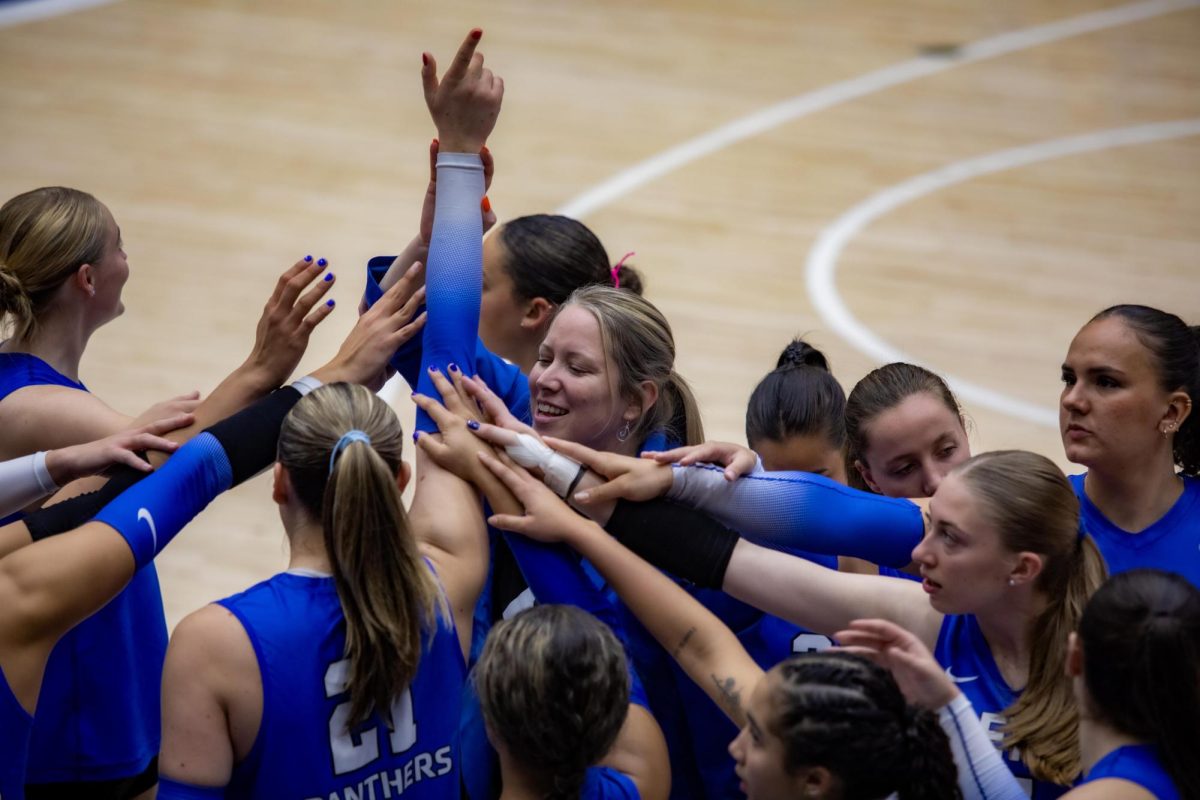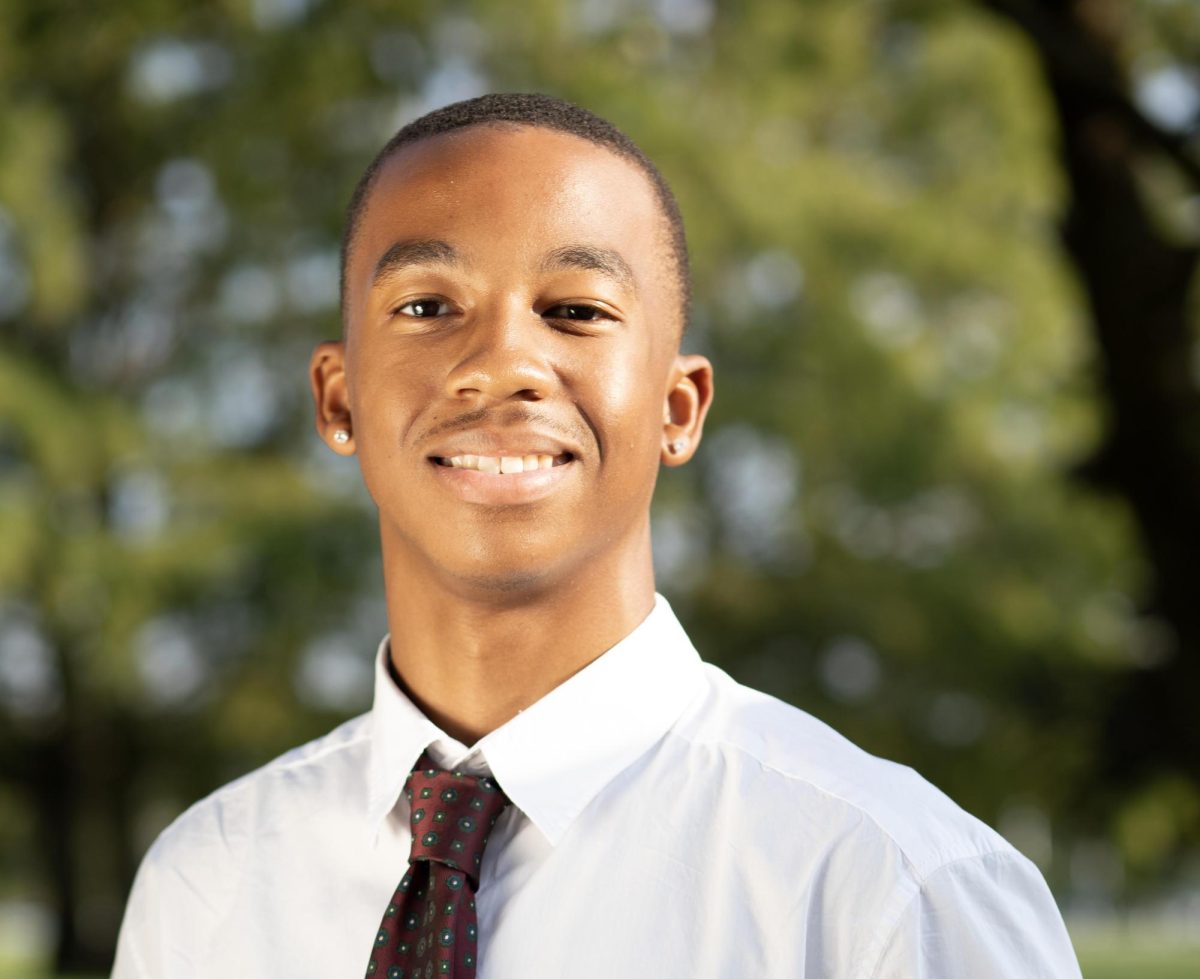How we handled Friday’s tragedy
This campus and community had to begin the grieving process Friday after the death of Jesse Mounce, a 20-year-old public relations major from Springfield.
Coles County Coroner Michael Nichols pronounced Mounce dead at 11:38 a.m.
Nichols said Mounce’s death was “apparently self-inflicted.”
Students and community members walked past the scene at 1701 Ninth St. with puzzled and concerned looks on their faces.
People were outside on the balcony of the Panther Heights apartment at 1617 Ninth St., trying to take in the scene that was happening next door. They were all looking for answers.
As journalists, it’s our job to find these answers and let the public know – and we need to do so in an ethical way.
I feel we did this on Friday and will continue to do this as new information concerning Mounce’s death becomes available.
I was at the scene for approximately 45 minutes on Friday, along with our news editor, Nora Maberry, and city editor Matt Hopf. We originally stood across the street from the house but proceeded to move across the street to the house around noon.
This is when we talked to Nichols, who said the death was “apparently self-inflicted.”
A Charleston police officer came to us a short while later and asked if we were with the media.
He asked us to move across the street because they were preparing to move the body. All three of us complied and moved across the street.
Throughout this entire process, Maberry and I consulted with our adviser, Joe Gisondi, on the best way to write the story.
We also consulted with our photo adviser, Brian Poulter, on the most appropriate photo to use. Maberry called Gisondi while at the scene to ask if he thought she should take photos of Mounce’s body being removed from the house. Gisondi advised her to take photos.
We chose to publish the photo that ran originally on our Web site Friday, the one of Mounce’s body being placed into the back of the coroner’s van, because it best conveys what transpired on Friday.
Nowhere in the photo can Mounce be seen at all. The only person who you can see entirely is Nichols.
We did not publish any photos of friends grieving, or of anyone visibly upset.
The story that was published on our Web site on Friday was edited by me and Gisondi.
We then received information concerning the victim’s name after making a call to the Charleston Police Department. Hopf relayed the information to me.
I told him to call the police station back to double-check the name.
Upon hearing confirmation of the name again, we ran the story on our Web site.
We chose to include Mounce’s name. If we published a story saying an Eastern student died but did not release the name, it would cause more worry.
Parents, friends and students would wonder who the student was. We attributed the details of what transpired on Friday to the officials who said them. We did not go into detail or bring up any speculation regarding Mounce’s death, other than what Nichols said. We simply stuck with the facts.
In today’s story, we provide updates from Saturday’s autopsy and brief details about public inquests. We chose to do this because we feel it clears up any confusion or rumors people might start. Nichols said the autopsy results were inconclusive and he was awaiting toxicology results.
A student’s death is news, especially in a community like Charleston, where unexpected and sudden death is rare. The sight of at least five Charleston police cars, plus the coroner, all in one location, is not a scene people in this community come to expect.
Some people may disagree with how we are handling the situation.
That is their opinion, and they have every right to voice it. A newspaper is a document of record. It’s where facts are presented. And that’s how we will proceed with this situation.
Matt Daniels is a senior journalism major and editor in chief of The Daily Eastern News. He can be reached at 581-7936 or at DENopinions@gmail.com.

